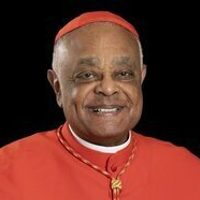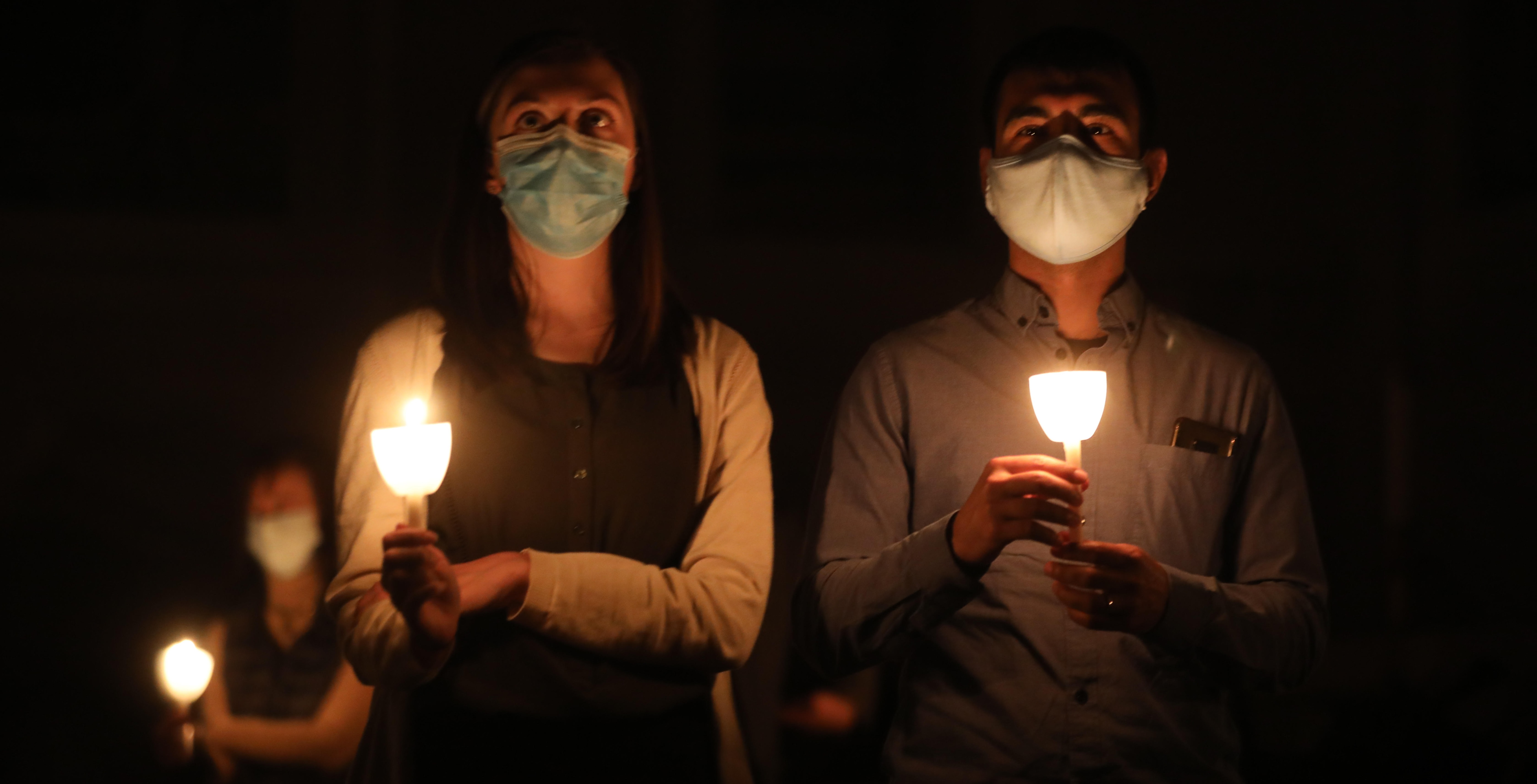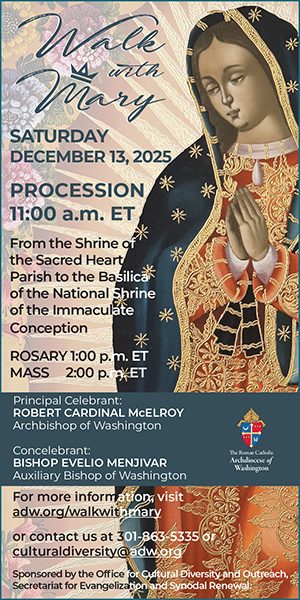(This is the April 2021 “What I Have Seen and Heard” column by Cardinal Wilton Gregory, the archbishop of Washington, for the Catholic Standard and Spanish-language El Pregonero newspapers and websites of the Archdiocese of Washington.)
Organized religions have experienced an obvious and steady decline in membership and active participation over the past generation. Statistical numbers from Gallup, Pew Research Center, and CARA (the Center for Applied Research in the Apostolate) now confirm what religious leadership has already recognized. This reality has certainly been exacerbated with the global pandemic. The impact has touched every religious community – some more intensely than others – and no faith tradition has been impervious to these changes.
The statistical studies describe declines in a number of assorted categories, which are not always identical. Some investigations focus on a loss in formal registration numbers or religious affiliation or membership at a specific church congregation, synagogue or mosque. Others consider membership by some formula of original association – through baptism, profession of faith in a specific faith community, or even birth within a family whose religious or cultural affiliation is ascribed to an individual that is then subsequently abandoned. While these distinctions are important for each study, they all coalesce in the fact that religious memberships and practice have unquestionably declined over the past generation.
Nevertheless, while these statistical studies do not always use the same data or research approach, the reasons often put forth as to the causes of these declines are even more varied than the analysis that examines the numerical changes in religious participation. We have all heard many different opinions expressed as to why organized religions have suffered such declines.
Looking specifically at our Catholic Church as the focal point of my reflections, we have heard so many people suggest that the Second Vatican Council and its reforms are the root source of the decline. Some suggest that the liberalization of certain religious traditions and practices that followed in the wake of the Second Vatican Council caused this decrease. Others looking at the same Vatican Council opine that the failure to implement the full allowance of the Council’s reform agenda is the cause of religious estrangement among so many former members of the Church. In either case, people speculate that the reforms of the Second Vatican Council have resulted in our diminished numbers – either because they went too far or did not go far enough. These reforms following the Council were themselves enacted at the same moment of the great cultural shifts of the 1960s and ’70s, and obviously these influenced the implementation of the Council – both positively and negatively.
Church leadership itself has been a fundamental cause of the loss of too many Catholics as clergy were revealed to have engaged in sordid criminal sexual behavior – especially harming young people. Unfortunately, some members of our Church’s hierarchy were complicit and engaged with unlawful cover-up of or even personal participation in such behavior that has driven people away from our Church. Clerical scandals involving money have also added to this decrease among our faithful. In short, some clerics and their conduct have scandalized and outraged people to the point of causing their departure from the practice of our faith. Comparable activities among other religious authorities have confirmed the reasons that former Catholics have abandoned not only our faith, but all religious faith in general. Despicable clerical activities have been a primary source of the loss of so many former Catholics.
Society itself, that in prior generations was manifestly supportive of religious faith, has become antagonistic if not hostile toward organized religion – often because of the revelation of clerical scandals – but even without such scandals, societal values have shifted. Today’s society is tethered to an individualism that discourages social participation in any form, including religious. We have also witnessed the corrupt behavior of individuals within most major institutions thus adding to our tendency to mistrust almost every once-revered public establishment.
Our response to these causes has not always been sufficient and in some ways has only added to the problem. Church ideological divisions have seriously weakened our response to the challenges that we currently face. Have we clerics successfully and honestly asked for forgiveness for our own failures and aggressively instituted systems involving the genuine participation of the entire Church to hold ourselves more publicly accountable? Moreover, on occasion, some of us have unsuccessfully attempted to focus on the influence of other societal dynamics as a camouflage for our own egregious behavior, and this has not been helpful.
We need a transparent way to tell the truth, to hold ourselves accountable, and to return to the central mission of our Church, which is Gospel concern for the poor, and the proclamation of the message of Christ for the life of the world. If we can do these things well, the other concerns will respond accordingly.
We are often impatient people calling for immediate answers. If it took a generation or more to come to this state of affairs, it will probably take at least that long to chart a better future. Church history is filled with similar transition moments. The saints in every era have always been the catalysts for ecclesial transformations. They did so at an exceptionally high cost – occasionally including the forfeiting of their own lives. Moreover, the price for ecclesial reform and renewal has not gone down, but only increased.












